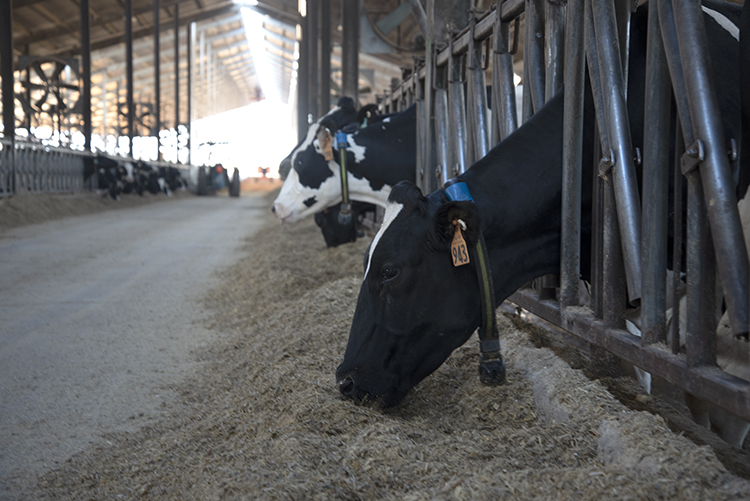
Animal agriculture plays an essential role in a sustainable food system for many reasons, including benefits to the ecosystem and helping each of us to meet nutritional needs. Unfortunately, this is not always the story that’s told online or in the media. That’s why it’s so important that all of us involved in animal agriculture do our part to share our sustainability stories with the general public.
In advance of Earth Day, the Alliance released an updated version of our Sustainability Impact Report that highlights all sectors of animal agriculture and improvements they’ve made in animal care, environmental stewardship, food safety, and judicious antibiotic use, along with nutritional benefits – all of which play into the sustainability conversation. Here are some talking points to keep in your back pocket as you have conversations on the topic of sustainability in animal agriculture.
• Sustainability means meeting the needs of the present without compromising the ability of future generations to meet their needs. For farmers and ranchers, sustainability is more than a buzzword. It is a promise to future generations that they will care for the land, air, water, and livestock by producing safe and nutritious animal protein while balancing economic viability, social responsibility, and environmental stewardship.
• Sustainability is a continuous journey, not a destination. Farmers and ranchers have been working on sustainability efforts for decades and have made tremendous progress thus far; however, they know the work is not done. The entire animal agriculture community is committed to continuing these efforts, setting new goals, and moving toward further progress.
• Animal agriculture accounts for only 4% of U.S. greenhouse gas emissions. Animal agriculture does contribute to greenhouse gas emissions, but not as much as critics want you to believe. According to the Environmental Protection Agency, agriculture as a whole accounts for less than 10% of U.S. emissions.
• Forty percent of ingredients used in animal feeds are by-products from other industries! Cattle are great recyclers. Coproducts and by-products from human foods that would otherwise go to waste become nutritious feed for cattle. This includes almond hulls, canola meal, or citrus pulp.
• The U.S. dairy community has committed to becoming greenhouse gas neutral or better by 2050! In addition, they have also set goals to optimize water use while maximizing recycling and improve water quality by optimizing utilization of manure and nutrients. This is on top of decades of progress already made in decreasing its overall carbon footprint.
• Removing dairy from our diets and dairy cattle from U.S. agriculture would only reduce greenhouse gas emissions by 0.7%. Removing meat, milk, poultry, and eggs from our tables is often touted as a simple solution to reducing greenhouse gas emissions and reaching climate goals. The truth is, it wouldn’t have as big of an impact on the environment as some would like you to believe, according to a 2020 study from Virginia Tech. Researchers also found it would lead to nutritional deficiencies in our diets.
• The U.S. dairy community supplies the protein requirements of 169 million people, calcium requirements of 254 million people, and energy requirements of 71.2 million people. At a time when affordable and sustainable nutrition to benefit public and planetary health has never been more important to our world, dairy foods contribute to the solution to address nutrition security, nutrient gaps, health disparities, and well-being.
• Over 99% of the U.S. milk supply comes from farms participating in the FARM Animal Care Program. U.S. dairy farmers and the broader dairy community are committed to assuring the health and welfare of dairy cows through exceptional cow care. This is why nearly all have voluntarily dedicated themselves to following care practices outlined in the science-based FARM Animal Care Program.
View the full Sustainability Impact Report here.

Emily Solis is the manager of communications and content at the Animal Agriculture Alliance. In her role, she works to execute the Alliance’s issues management and communications strategy.








